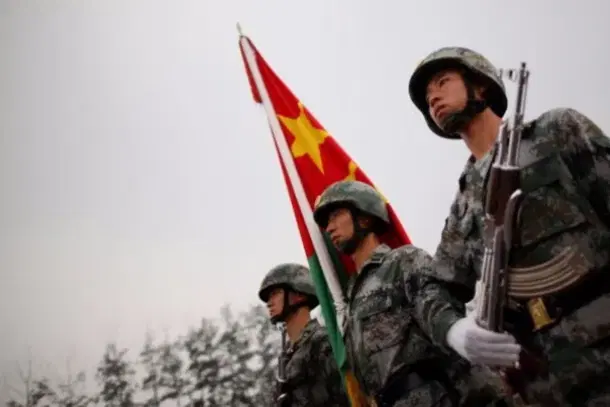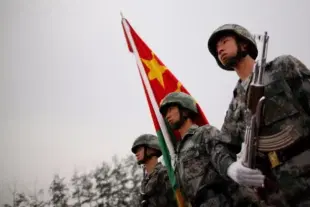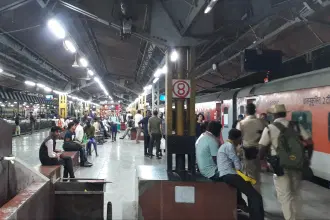News Brief
China Keeps Forces Dug In Along LAC Even As Relations With India Improve
Swarajya Staff
Aug 21, 2025, 07:52 PM | Updated 07:58 PM IST
Save & read from anywhere!
Bookmark stories for easy access on any device or the Swarajya app.


Several of China’s People’s Liberation Army (PLA) combined arms brigades continue to remain forward-deployed along the Line of Actual Control (LAC), even as India and China have agreed to fresh discussions on de-escalation, The Times of India has reported.
Senior Indian Army officers said while some Chinese brigades have pulled back around 100 km from the frontier in recent months, many units remain stationed in forward areas alongside border defence regiments.
Each combined arms brigade typically fields 4,500–5,000 troops equipped with tanks, armoured vehicles, artillery, surface-to-air missiles and other advanced weapon systems.
“The way China has built roads, bridges, tunnels and habitats along the entire LAC, from eastern Ladakh to Arunachal, over the last five years, PLA troops can easily afford to pull back 100-150 km and then come back again in 2-3 hours,” a senior Army officer was quoted by TOI as saying.
India and China this week agreed to “discuss de-escalation, beginning with the principles and modalities thereof” during Chinese Foreign Minister Wang Yi’s visit.
On the ground, however, the trust deficit remains deep. Since the multiple PLA incursions into eastern Ladakh in April–May 2020, both sides have kept heavy deployments across the 3,488-km LAC.
Though the situation has stabilised after troop disengagement at the two remaining friction points, Depsang and Demchok, in October last year, the PLA’s military preparedness and infrastructure build-up continues.
De-escalation would require both sides to move all additional troops back to permanent peacetime locations. India and China are also relying on existing border management mechanisms at diplomatic and military levels. In addition, the two countries have agreed to create “general-level mechanisms” for the eastern (Sikkim, Arunachal) and middle (Uttarakhand, Himachal) sectors of the LAC.
For India, the immediate priority is restoring patrolling rights in buffer zones created after earlier disengagement rounds, which New Delhi believes disadvantaged its position. These include areas in Galwan, north bank of Pangong Tso, Kailash Range, and Gogra-Hot Springs. A “temporary moratorium” on patrolling there, agreed until September 2022, has since become a sticking point, with no progress reported.





